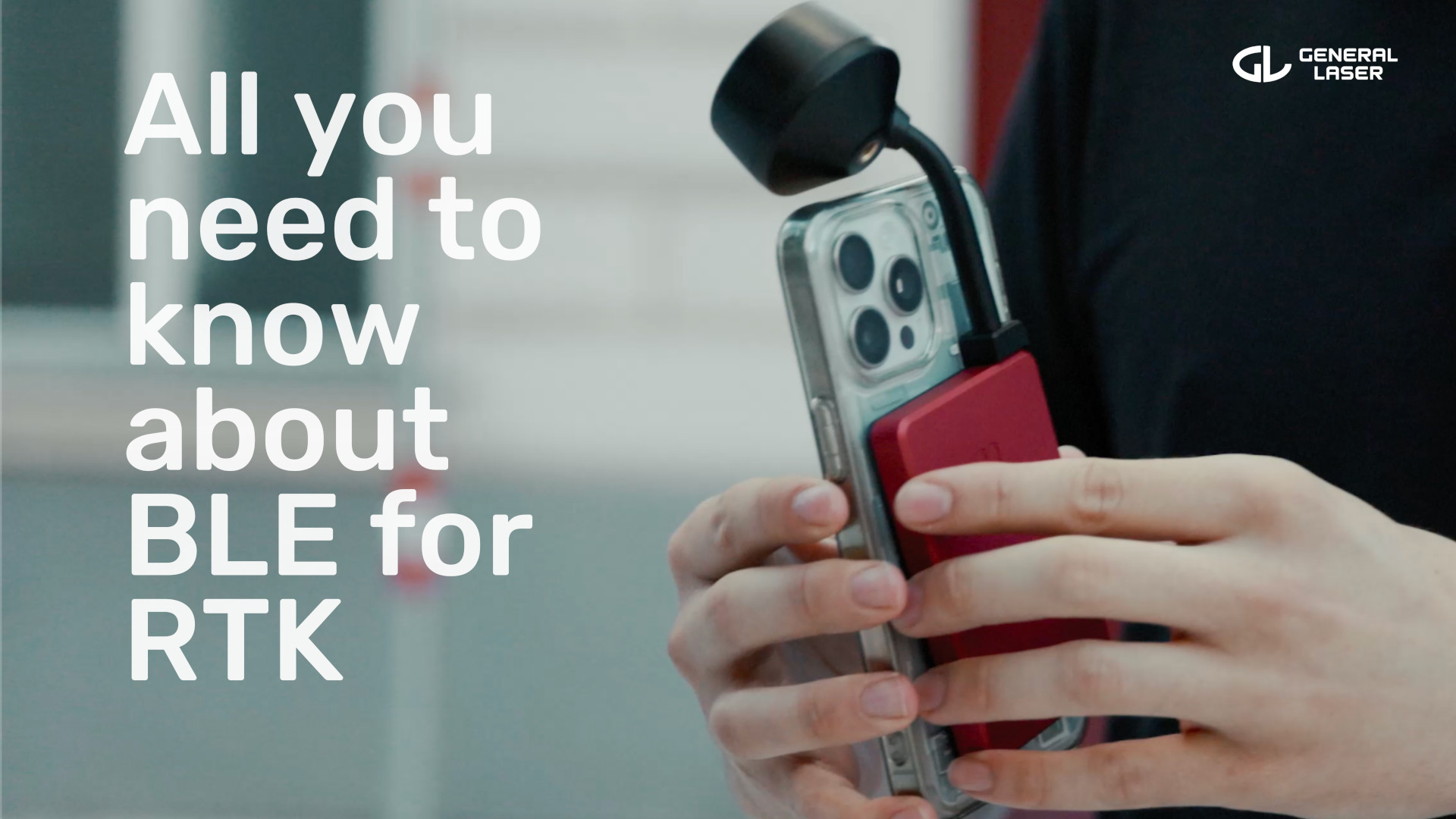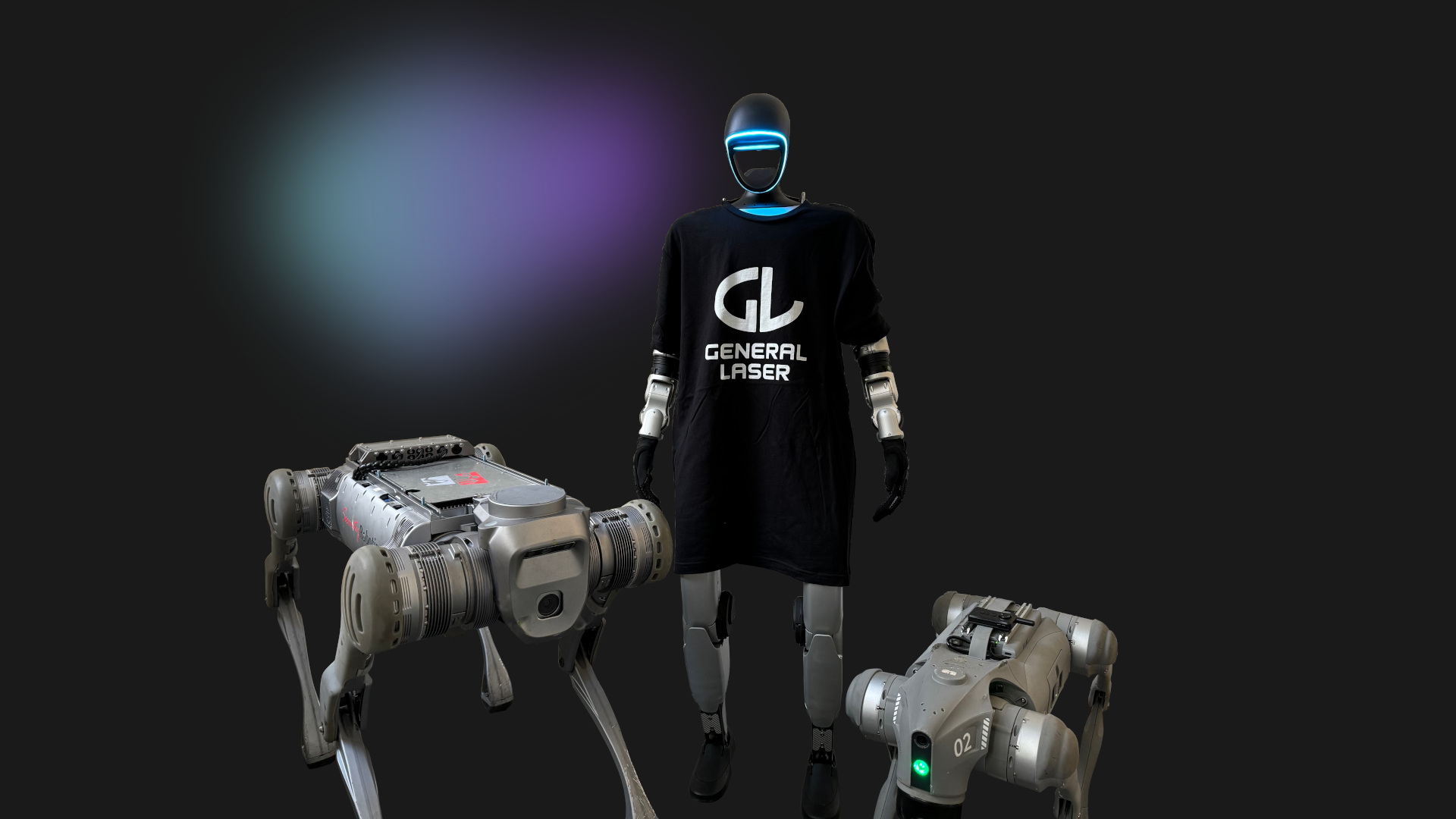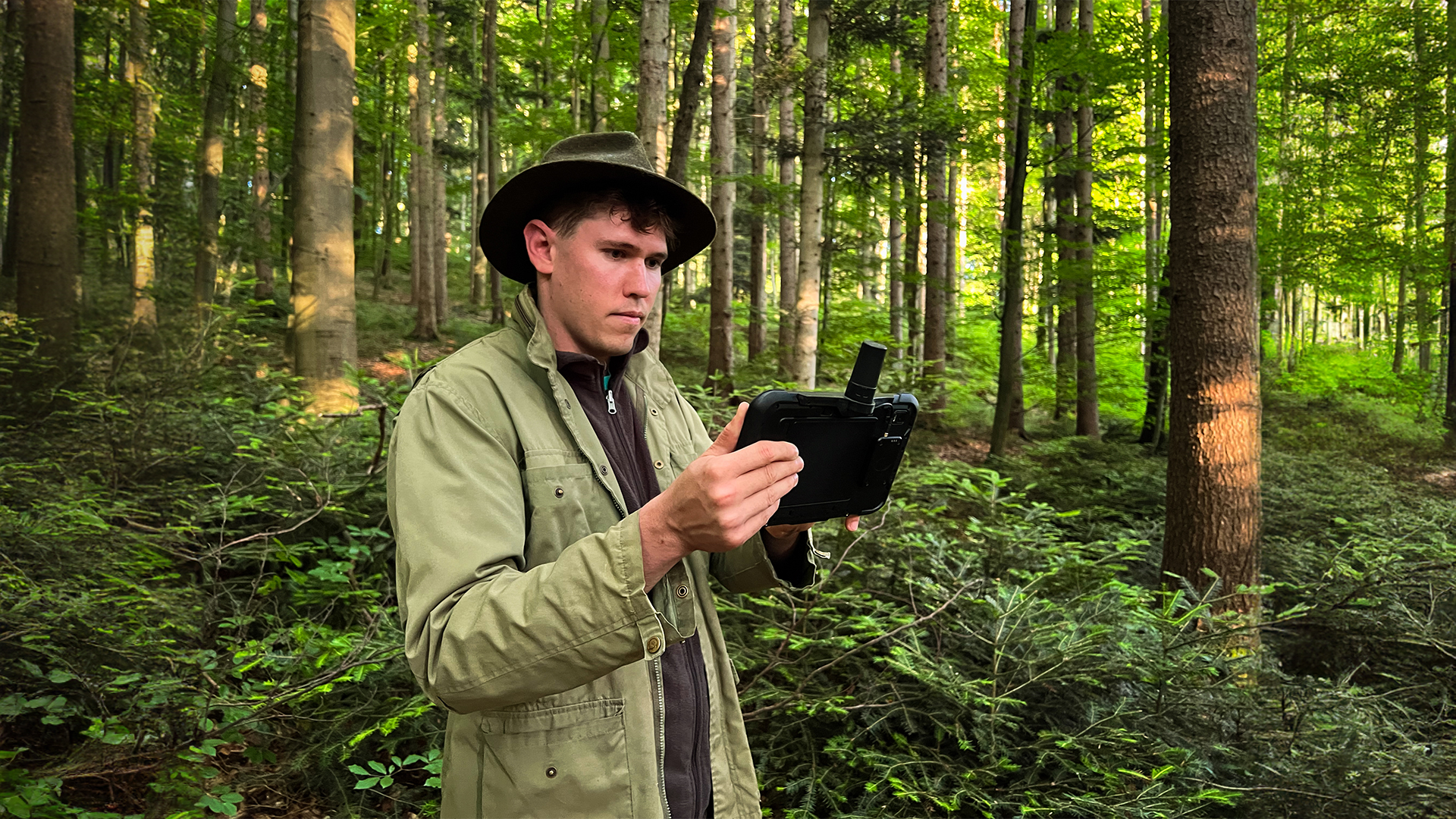All You Need to Know about BLE for RTK
Bluetooth Low Energy (BLE) transforms the efficiency of Real-Time Kinematic (RTK) GNSS systems.
How? By enabling low-latency, energy-efficient communication of RTK corrected positions. This means precise positioning is delivered with minimal power consumption, over a longer range.
Contents
Definition and key features of BLE
How BLE differs from traditional Bluetooth
What is Real-Time Kinematic (RTK)?
RTK user challenges addressed by BLE
Practical Applications of BLE for RTK
FAQ
Definition and key features of BLE
Bluetooth Low Energy (BLE) is a wireless communication technology designed to transmit data efficiently while consuming minimal power. Unlike traditional Bluetooth, BLE focuses on sending small amounts of data intermittently, making it ideal for devices that prioritize battery life. This efficiency allows BLE to support real-time applications like RTK corrections without draining your device's power.
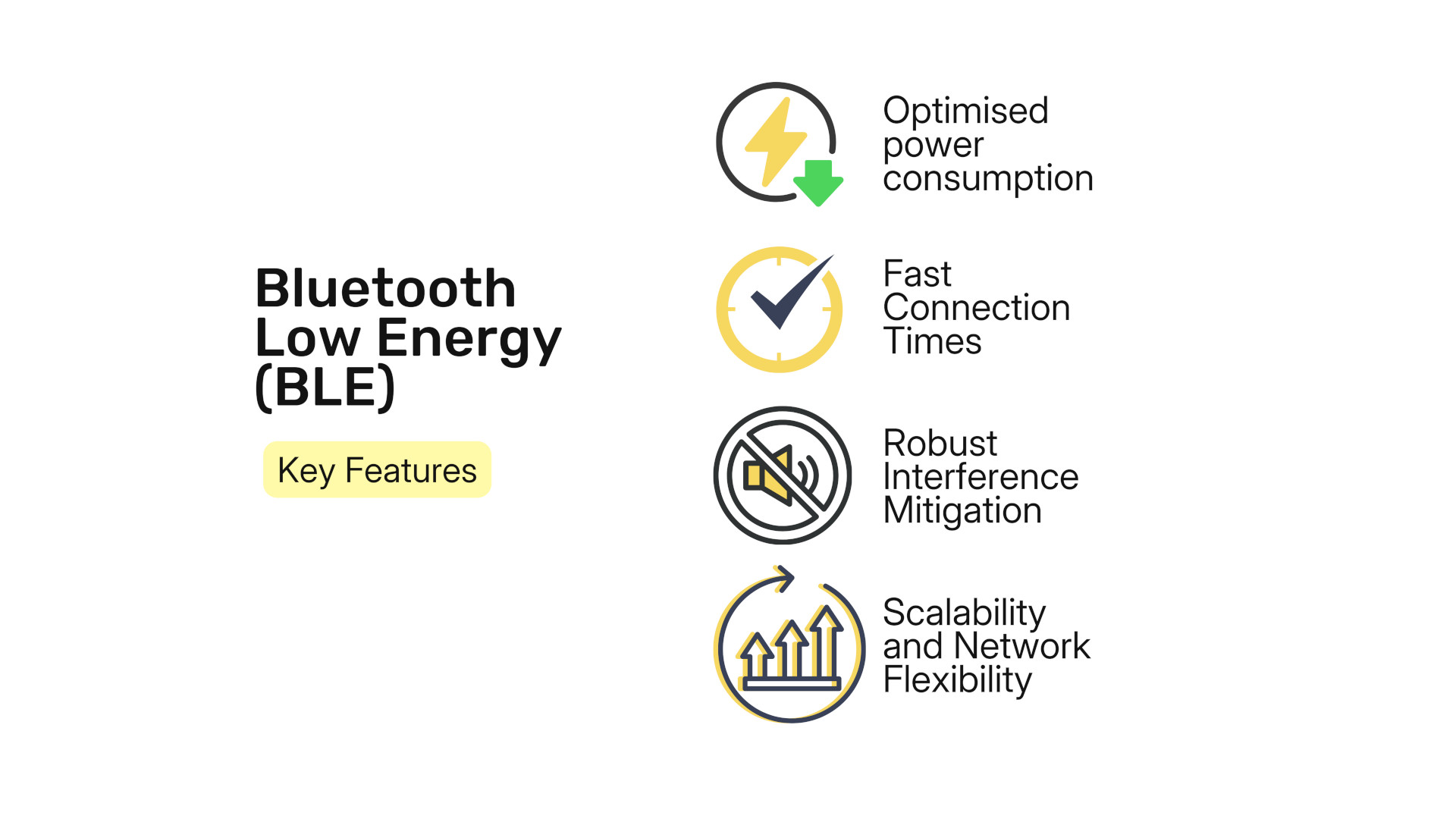
BLE vs Bluetooth for real time corrections
BLE differs from traditional Bluetooth in its design and purpose. Traditional Bluetooth is optimized for continuous, high-speed data streaming, such as audio or video. In contrast, BLE is tailored for applications like RTK, where devices exchange data less frequently. This difference makes BLE more energy-efficient and better suited for transmitting RTK corrections, which require precise but battery-saving data communication. With BLE, one can change the bandwidth and data rate allowing more data to be sent at a shorter distance.
Bluetooth Low Energy version 5 (BLE 5) is an enhanced specification that significantly improves upon previous versions by increasing range, speed, and broadcast capacity. This is exactly what our GLRM RTK receiver uses.
Here is a breakdown of some differences between BLE 5.3 and traditional Bluetooth:
Feature | BLE 5.3 | Traditional Bluetooth | Utility for Real-Time Corrections |
|---|---|---|---|
Latency | Low latency with rapid connection setup | Higher latency; slower connection establishment | Faster exchange of correction data ensures that positioning adjustments are applied immediately, critical for real-time accuracy. |
Energy Efficiency | Optimized for low power consumption, ideal for battery-powered devices | Consumes more power, less suited for continuous or long-term operations | Reduced power usage extends device runtime, making it practical for field applications where power is limited. |
Connection Management | Advanced protocols enable quick reconnections and efficient handling of intermittent connections | More prone to connection drops or delays during reconnection | Reliable connections mean fewer disruptions in the transmission of real-time corrections, enhancing overall workflow efficiency. |
Data Throughput & Payload | Tailored for small, lightweight data packets; sufficient for transmitting precise correction data | Designed for higher throughput which may be unnecessary for small correction packets | Streamlined data transmission focuses on sending only essential correction information, minimizing overhead and improving responsiveness. |
Interference Mitigation | Enhanced frequency hopping and improved channel selection help maintain robust communication even in crowded wireless environments | More susceptible to interference, especially in environments with multiple wireless signals | Robust performance in high-interference scenarios ensures that correction signals are reliably delivered, maintaining positioning accuracy in challenging conditions. |
What is Real-Time Kinematic (RTK)?
Real-Time Kinematic (RTK) is a positioning technology that delivers cm-level accuracy by using satellite signals and ground-based reference stations. It works then by leveraging these ground-based reference stations at a known location to calculate errors in satellite signals—caused by atmospheric conditions and other factors—by comparing its true position with the satellite-derived position, and then broadcasts these corrections to mobile receivers (rovers), which apply them in real time to achieve centimeter-level accuracy essential for industries like agriculture, construction, and GIS mapping.
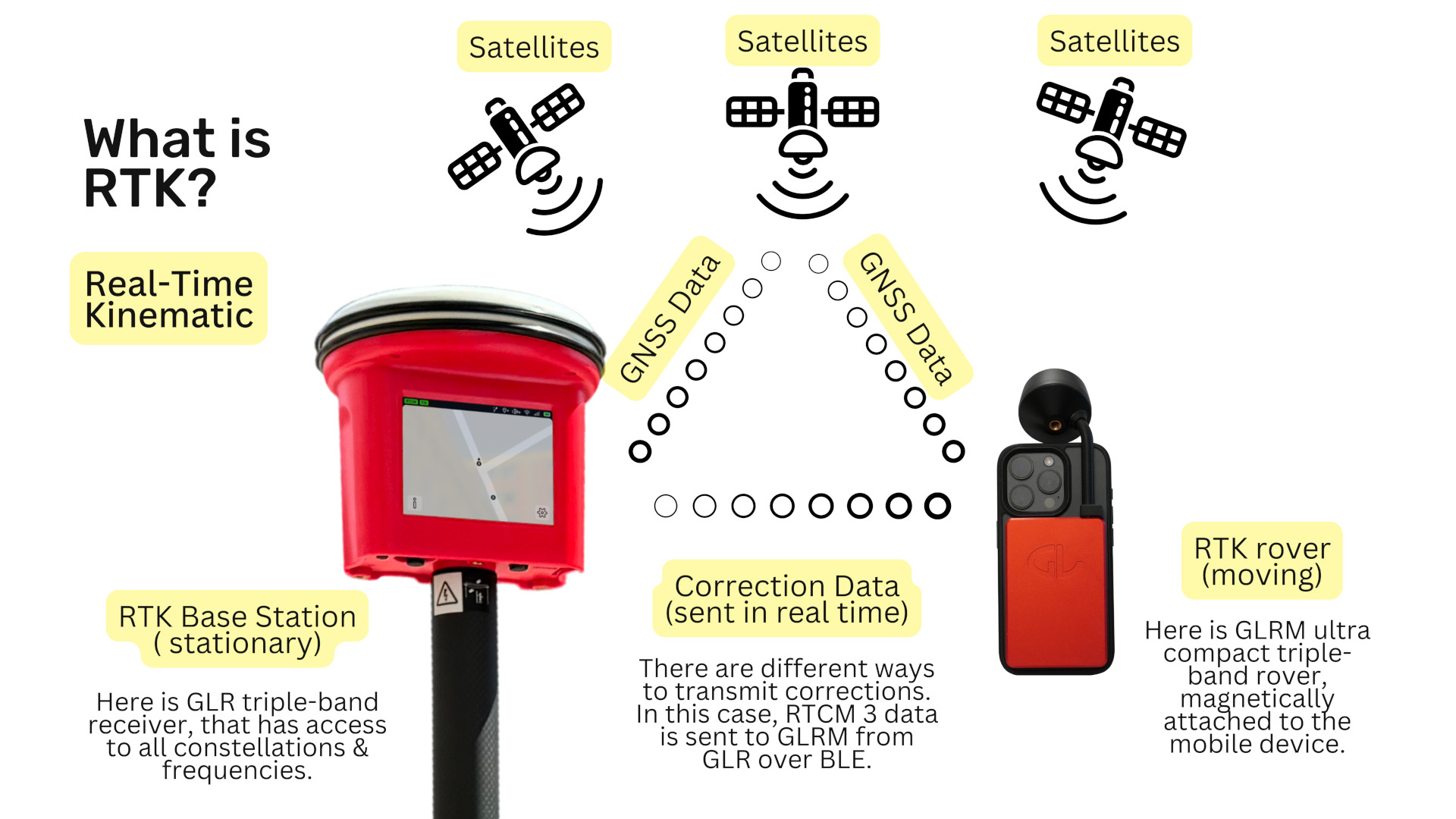
RTK User Challenges Addressed by BLE
Compared to traditional Bluetooth or UHF radios, BLE offers a lightweight yet robust method for transmitting RTCM3 correction data, which delivers the same quality of real-time positioning accuracy while extending device battery life.
It also partially addresses some critical challenges faced by RTK users. For example, BLE facilitates integration with most modern smartphones, tablets, and fieldwork applications. This compatibility eliminates the need for specialized hardware, making it easier to connect your RTK receiver to your preferred device. More and more surveying, mapping, and GIS apps support BLE, allowing users to configure and manage RTK corrections directly from their mobile device.
BLE also reduces lagging in data transmission. This means that the delay between when data is sent and when it is received is minimized. Faster connection times (milliseconds) ensure real-time RTK corrections, improving workflow efficiency.
Practical Applications of BLE for RTK
BLE-powered RTK receivers are transforming industries.
In surveying, you can achieve centimeter-level accuracy for boundary measurements. GIS mapping professionals use BLE to collect precise geospatial data. In agriculture, BLE enables accurate field mapping and precision farming, helping you optimize resources and improve yields.
For example, GLRM by General Laser is a state-of-the-art RTK receiver designed to leverage BLE technology. It uses BLE to receive real-time RTCM 3 corrections. Its low latency ensures real-time data transmission, while its energy-efficient design supports prolonged fieldwork.
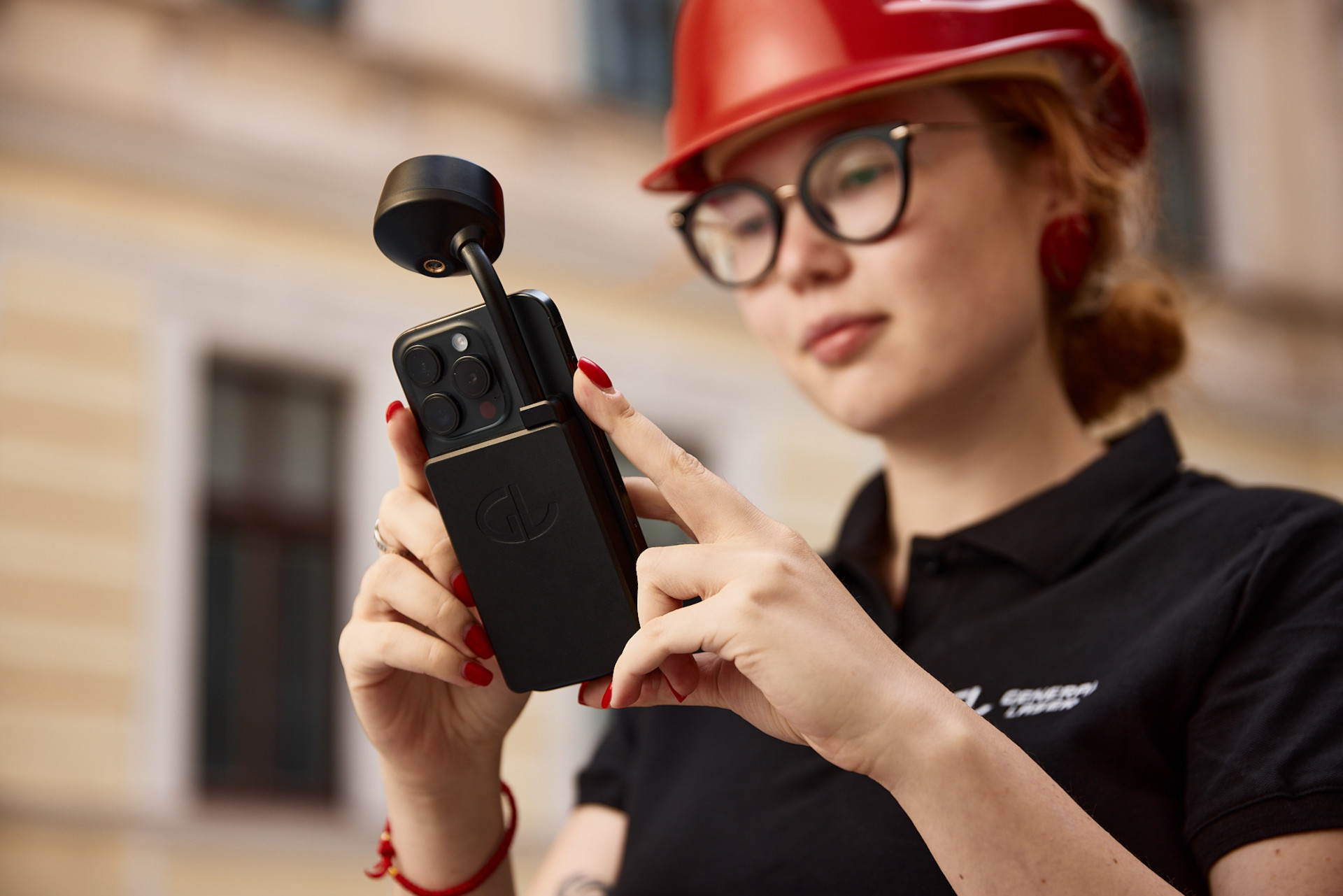
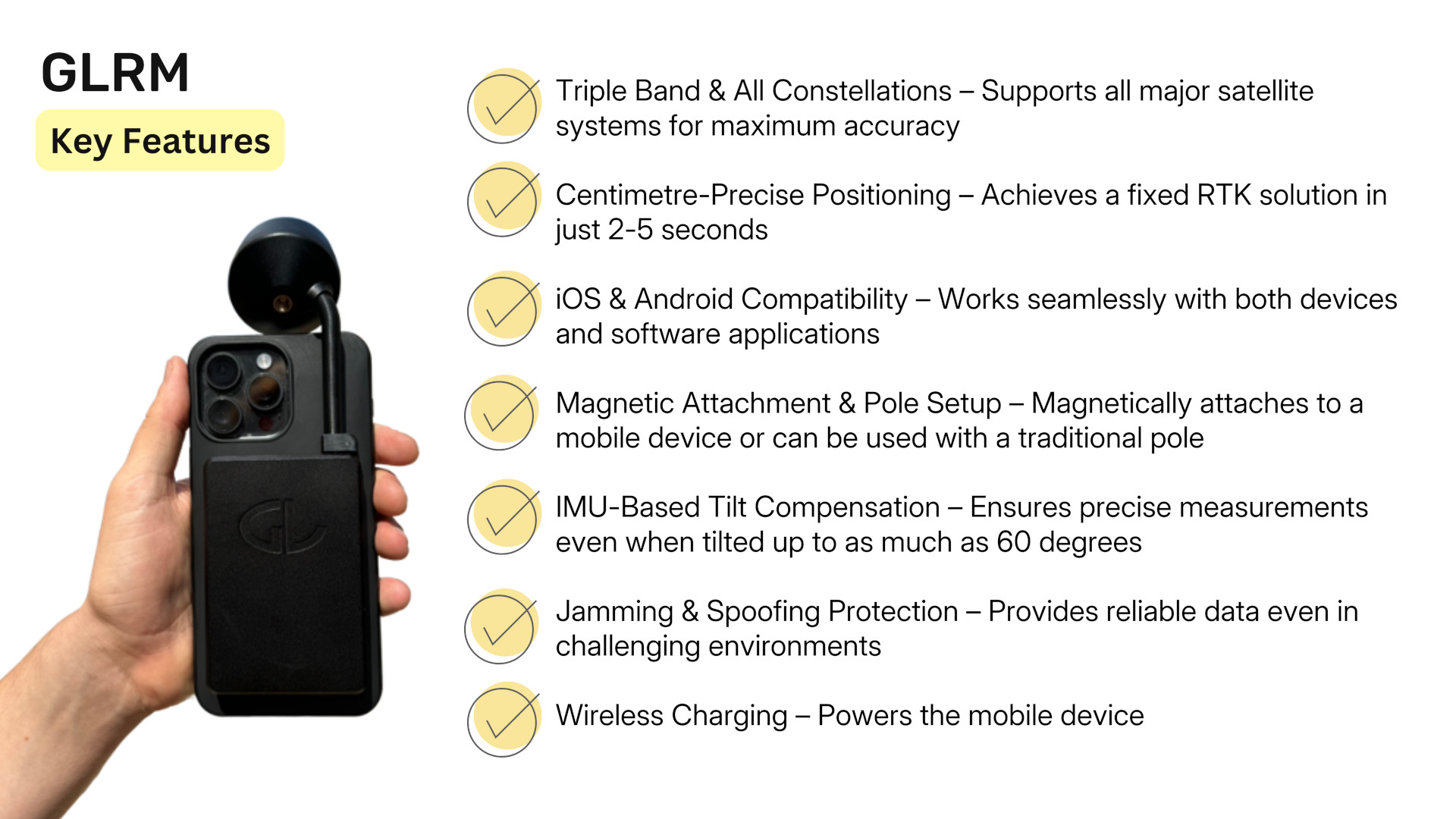
Key features:
- Triple Band & All Constellations – Supports all major satellite systems for maximum accuracy.
- Centimeter-Precise Positioning – Achieves a fixed RTK solution in just 2-5 seconds.
- iOS & Android Compatibility – Works seamlessly with both devices and software applications.
- Magnetic Attachment & Pole Setup – Magnetically attaches to a mobile device or can be used with a traditional pole.
- IMU-Based Tilt Compensation – Ensures precise measurements even when tilted up to as much as 60 degrees.
- Jamming & Spoofing Protection – Provides reliable data even in challenging environments.
- Wireless Charging – Powers the mobile device
GLRM’s BLE capabilities make it a reliable tool for achieving high-precision positioning in various industries.
Learn more: https://glrm.general-laser.at/
FAQ
What is the range of BLE for RTK receivers?
For the high data rate mode that GLRM uses, BLE typically operates within a range of 10 meters. This range ensures stable communication between your RTK receiver and mobile device. For optimal performance, keep both devices within this distance and avoid physical obstructions like walls or metal objects.
What mobile devices support BLE for RTK?
Most modern smartphones and tablets support BLE. Check your device specifications to confirm compatibility. Devices running recent versions of Android or iOS usually include BLE functionality, making them suitable for connecting with RTK receivers.
What should you do if BLE connection drops?
Keep your devices within the recommended range. Restart your RTK receiver and mobile device if the connection remains unstable. Regularly update firmware to ensure compatibility and improved performance.
What are the benefits of using BLE for RTK corrections?
BLE offers low latency, energy efficiency, and easier integration with mobile devices. These features ensure real-time data transmission, prolonged device usage, and simplified workflows. BLE enhances field efficiency and accuracy, making it a valuable tool for professionals in surveying, mapping, and agriculture.

